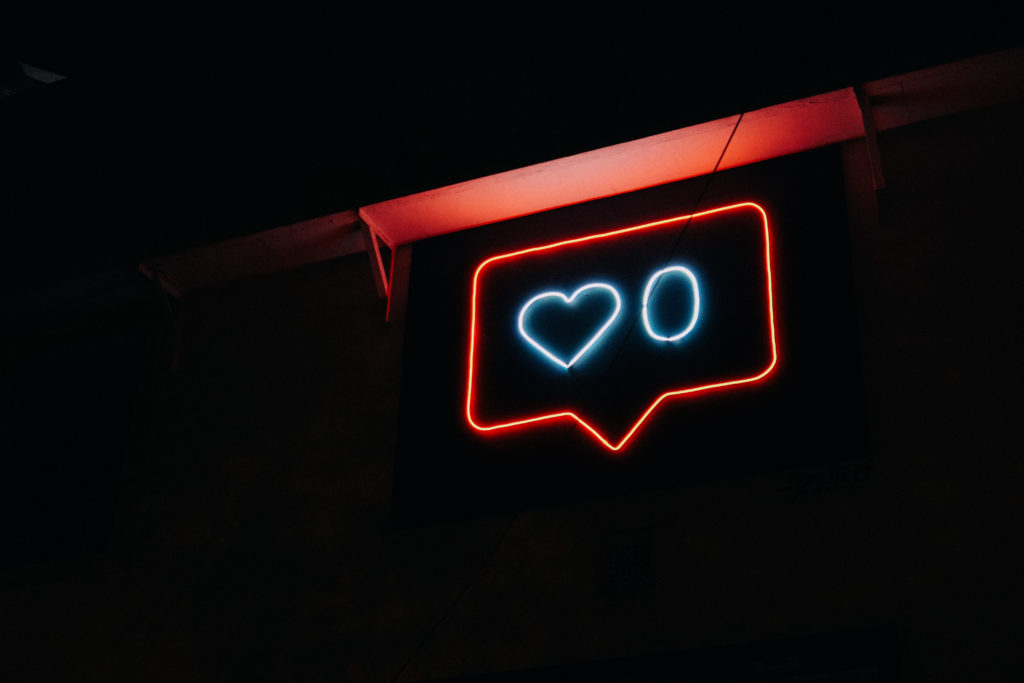Snapchat. Instagram. Twitter. Gen Z, easily the most technologically savvy generation thus far, relies on these apps in our everyday lives. Communications – academic, social or otherwise – are streamlined through these platforms. Whether it be silly selfies, thought-provoking poetry, or restaurant recommendations, social media is an integral part of teenagers’ lives across the globe. Though relatively new, social media platforms generate incredible amounts of traffic, with Instagram boasting more than one billion users around the world.
Why exactly are social media apps so popular among teens, and why is that popularity not as present in other age groups? 90% of 13-24 year olds use Snapchat, demonstrating the app’s notorious ‘teen’-ness. Snapchat’s clever interface, including the concept of messages that disappear after being read, mirrors a face-to-face conversation that is well-received among Gen Z.
Tweets are revolutionary. Teens share everything, from their favorite clothing stores to messages to support their favorite musicians.
As someone who just moved across the country, social media is so important to me. I use it daily to stay connected with my friends from my old home in New York. It was difficult to keep up with my friends on the phone and consistently FaceTime them. I turned to platforms like Instagram and Snapchat to stay updated on their day to day lives. It is quick and easy to send a silly selfie or share a funny post to maintain my relationship with my friends in New York. I feel like I have not drifted further away from any of them though there is 1,300 miles between us. Many other Gen Z kids relate to this phenomenon, citing that through social media they are able to maintain healthy friendships no matter the amount of physical distance between them.
Can we attribute the outstanding number of teens on social media to marketing strategies? Perhaps. Teenagers are most attached to these three apps; Snapchat, Instagram, and Twitter. New apps come up and leave just as fast, teenagers not sparing them a second glance, or in this case, a download. Social media, as long as the teenage demographic is concerned, is a saturated marketplace. Save Tik Tok, there have been no new successful apps for the last five years. That is, of course, subject to change, but it seems that, right now, teenagers are set in their ways. From March to May, with the rise of the novel coronavirus, teenagers relied on social media for most of their communication. No longer able to see and interact with their peers in school, teens turned to social media to keep in touch with their friends. During the coronavirus outbreak, Snapchat engagement hit an all time high, with four billion snaps sent daily at its peak.
During a period of outbreaks and protests for the Black Lives Matter movement, Twitter and Instagram were indispensable. Users on Instagram participated in #BlackOutTuesday, wherein they posted pictures of black screens to raise awareness for the cause. Twitter contributed to the movement as a hub to share petitions and other helpful information during the protests. Tweets circulated with many ways to help the cause, personal tweets forgotten as Twitter users participated in a ‘blackout.’ Social media platforms, though our parents may argue that they are inane, connect Gen Z to one another. It has never been easier to share information and messages among ourselves. This connection has not been made so easily and has not been nearly as accessible in any other generation.
Gen Z’s engagement with social media is stronger than that of any other generation. We are a socially aware generation, one that does not shy away from the truth, but rather aims to educate our uninformed friends and followers. Social media is a major channel for Gen Z to stay informed, and keep being our politically educated and socially aware selves. With the help of social media, Gen Z can fulfill our pull to activism and facilitate change in the world.

Diya Tekriwal is an 11th grade student at Ransom Everglades school in Miami, Florida. She is new to Miami, having just moved from Long Island, New York. As an Indian-American girl who has recently experienced a huge culture shock, she thinks that her perspective will be an uncommon one. Diya is honored to be a part of the amazing platform that is the Gen Z Identity Lab and is looking forward to engaging in discourse with her peers. She is excited to have a platform where she can share her own experiences and find people that share similar interests and viewpoints as her. Outside of Gen Z, Diya is a coxswain for her school’s rowing team and an avid reader. Diya believes that with the resources that Gen Z have available, they can truly make a difference, and she wants to start here!


